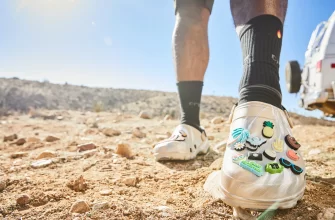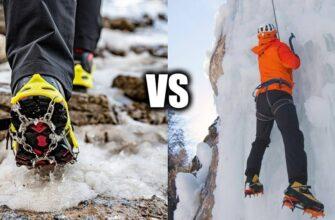A particularly hard activity is hiking. The boots you wear matter whether you’re walking across the rocky ground or enjoying a leisurely hike up a green hill.
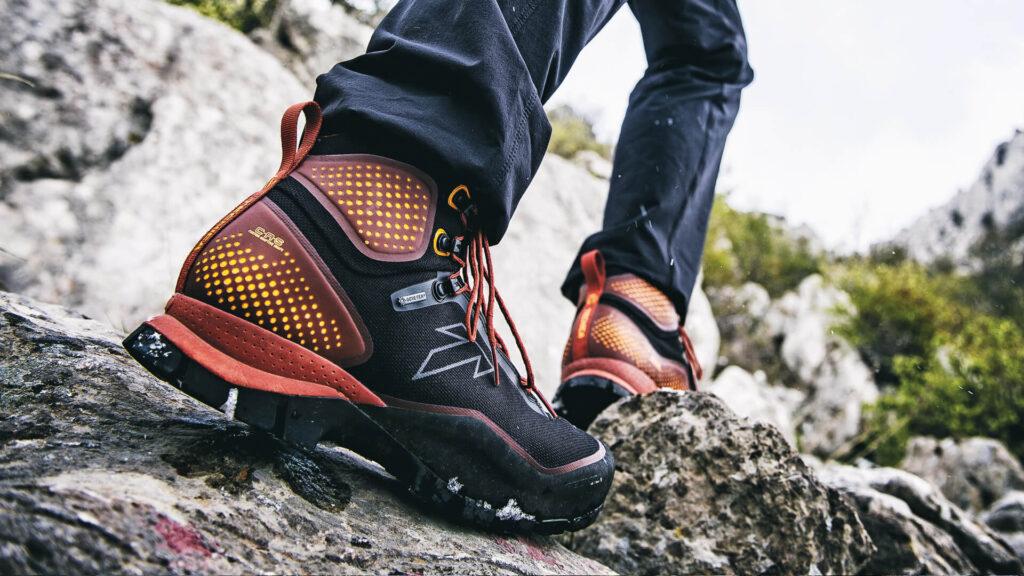
But precisely how can you choose when to get new hiking shoes with proper ankle support, etc.?
Hiking boots gradually deteriorate with each use, just like tires on your automobile, and eventually, need to be replaced to avoid further issues.
The faster you identify issues with worn-out hiking boots or hiking shoes, the better. You don’t want an injury to force you to cancel a planned hike. Let’s get into it!
- Why do boots degrade?
- 1. Build quality
- 2. Trail runners vs. hiking boots
- 3. How often do you walk
- 4. Where do you hike
- Types of hiking boots and their lifespans
- Heavyweight trekking boots
- Mid-weight hiking boots
- Lightweight hiking boots
- When to replace hiking boots and move to new hiking boots?
- How to care for hiking boots
- 1. Keep them dry
- 2. Clean them
- How to choose hiking boots?
- Consider trail runners
- Choose a boot for longevity
- Frequently asked questions:
- How long do hiking boots last?
- How many miles can hiking shoes last?
- Conclusion
Why do boots degrade?
How long do hiking boots last? Not all boots are created equal, and hiking footwear that traverses the same terrain may age differently. The key consideration is construction quality, but where and how you use your boots also has a significant impact.
1. Build quality
Due to the greater caliber of the fabric and stitching, quality boots last longer. Cheaper boots are likely to be made of materials that are less durable, break down faster, and are hastily put together.
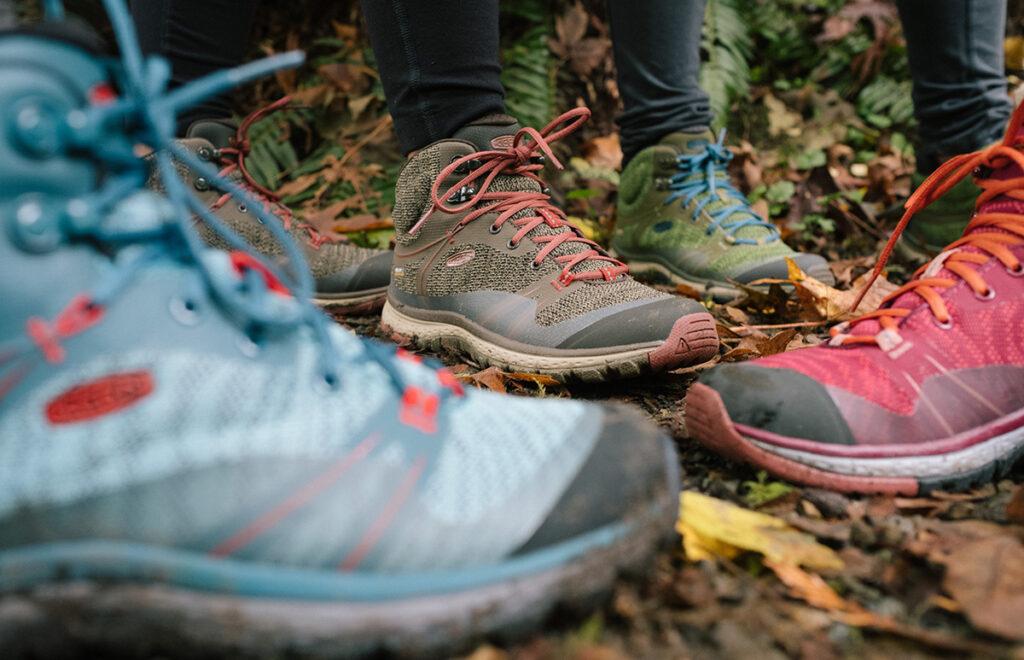
Reading reviews and purchasing from a boot brand with a track record of excellence is the best method to find hiking boots that will last longer.
2. Trail runners vs. hiking boots
Trail shoes, a very popular lightweight alternative to hiking boots, resemble a combination between running shoes and hiking boots. They provide less protection but dry more quickly and are more adaptable for various hiking styles.
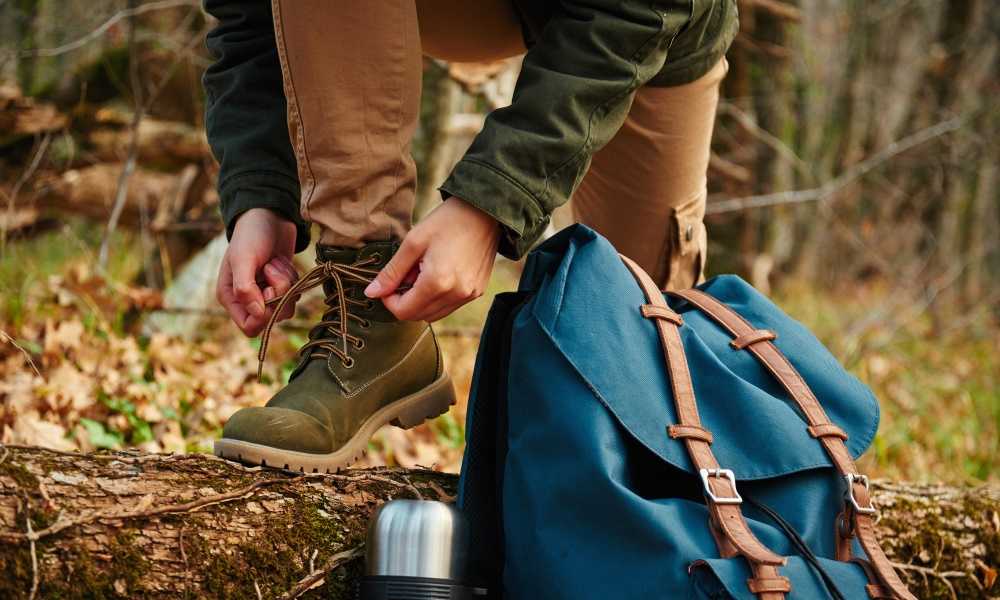
Expect to get between 400 and 500 miles out of these trailer runners due to their smaller weight and reduced material content.
Hiking boots. To be larger and more robust to handle sharper rocks and looser ground, hiking boots also offer ankle support (though their usefulness is questionable). They also have thicker and deeper grips. Boots made for hiking will take you 500–1,000 miles.
3. How often do you walk
Although very obvious, it is nonetheless important. Your boots will deteriorate faster the more you wear them. However, infrequently used boots will be in much better shape, but will still deteriorate over time.
4. Where do you hike
Compared to sharp, steep rocky slopes, wide, open earth trails offer significantly less resistance. The majority of hikes include both wide pathways and rocky terrain; how long you walk on each will determine how quickly your boots begin to wear out.
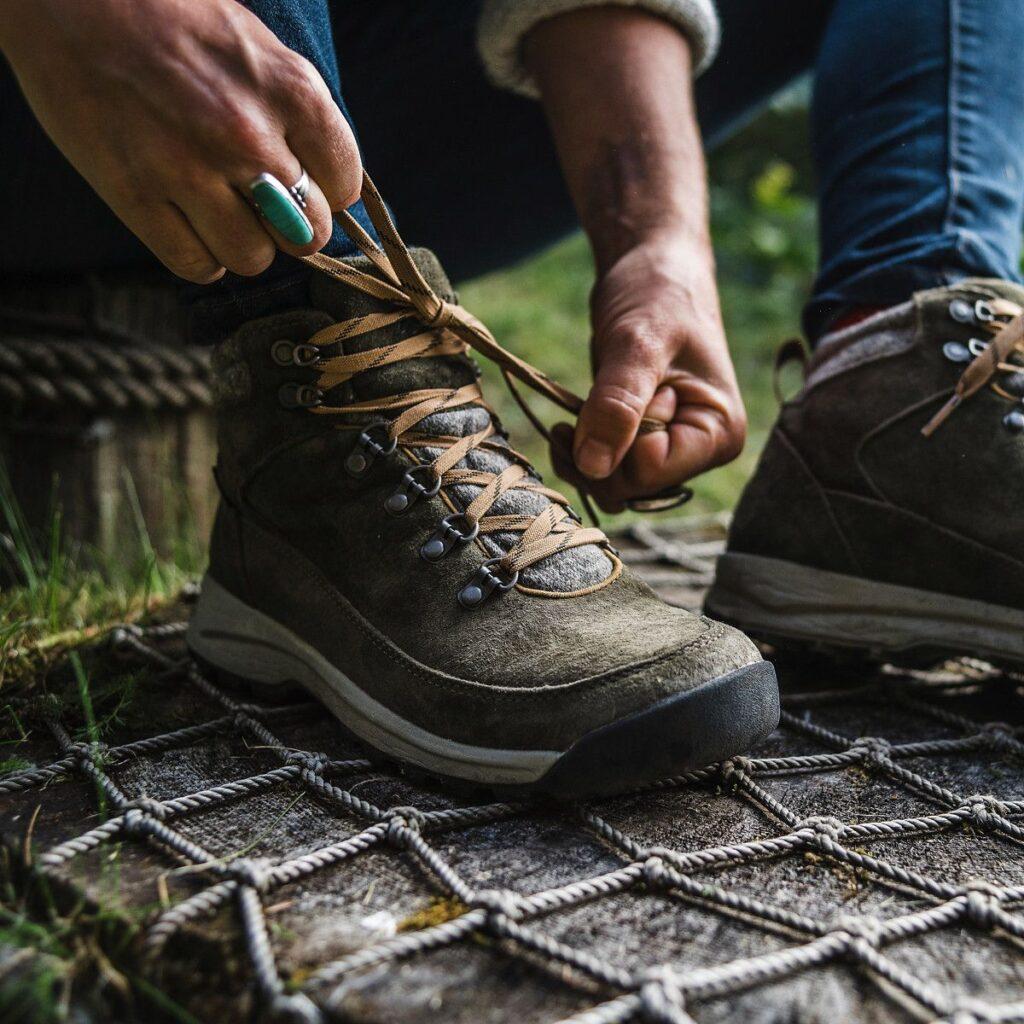
The rubber is chipped, and the grips are worn away by sharp rocks. Shrubs that snag on clothing or laces can cause micro rips and tug on eyelets.
Types of hiking boots and their lifespans
Heavyweight trekking boots
This type of boot is designed to handle huge loads across rough terrain. Maximum foot protection and support are provided by them.
They often contain a shank in the midsole that protects the sole of the foot and are stiffer around the ankle.
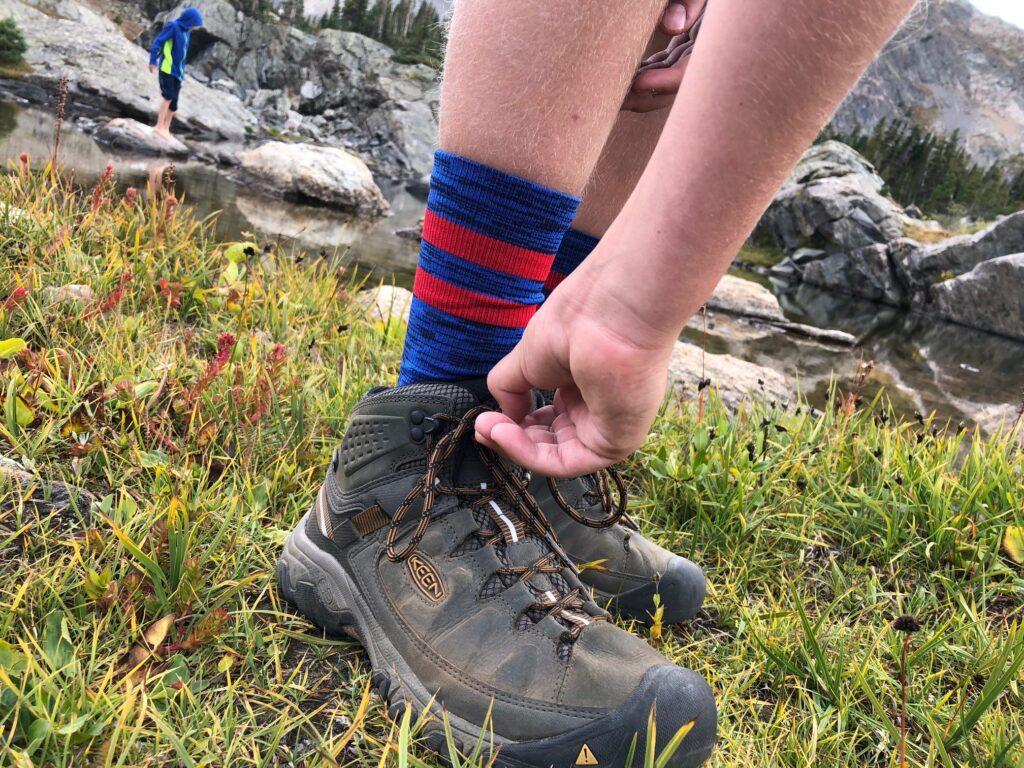
A boot made of full-grain leather will endure longer than one made of synthetic material. Traditional hiking boots are heavier, but depending on how much you wear them, they can endure for decades.
Since a leather boot’s upper often lasts a very long time, many of them are made with replaceable treads that may be replaced as the tread wears out much more quickly than the boot’s body.
As there are fewer seams that could fail, boots that are primarily made from one piece of leather tend to last longer. Because you have to wear these boots to stretch the leather to the contour of your foot, they take longer to break in.
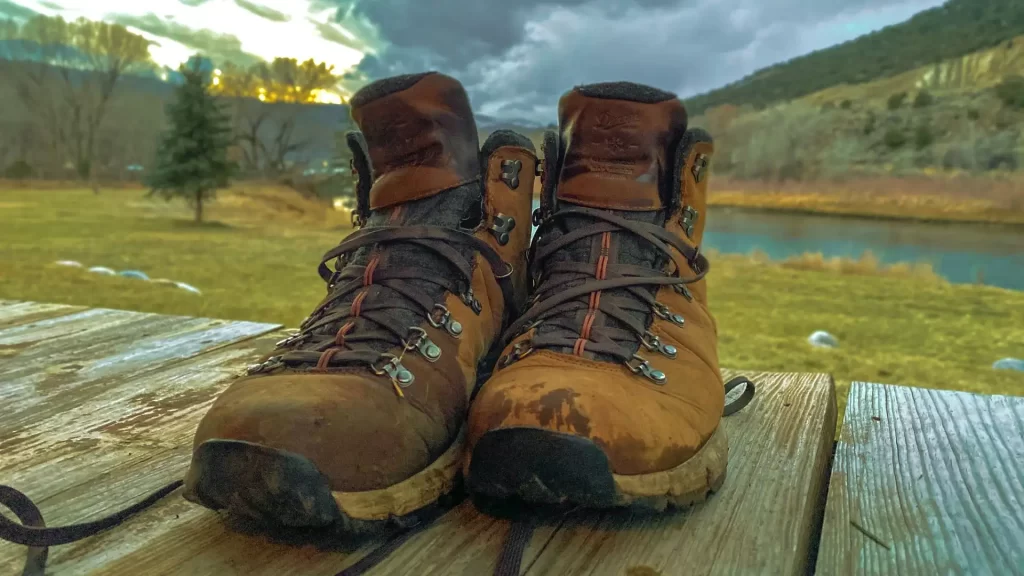
Longevity: Heavyweight hiking boots can withstand years of rigorous use. If properly cared for, these boots can last more than ten years for the typical recreational hiker.
Mid-weight hiking boots
They nonetheless provide a lot of ankle support and foot protection while not being as supportive as heavyweight hiking boots. The ideal balance between support and weight is the objective of this kind of boot.
Numerous pieces of fabric and leather are stitched together to create many midweight boots.
This typically results in comfortable boots with a speedier break-in process, but every seam has the risk of failure.
Near the ball of the foot, where the boot flexes with each step, is where a seam will typically wear down.
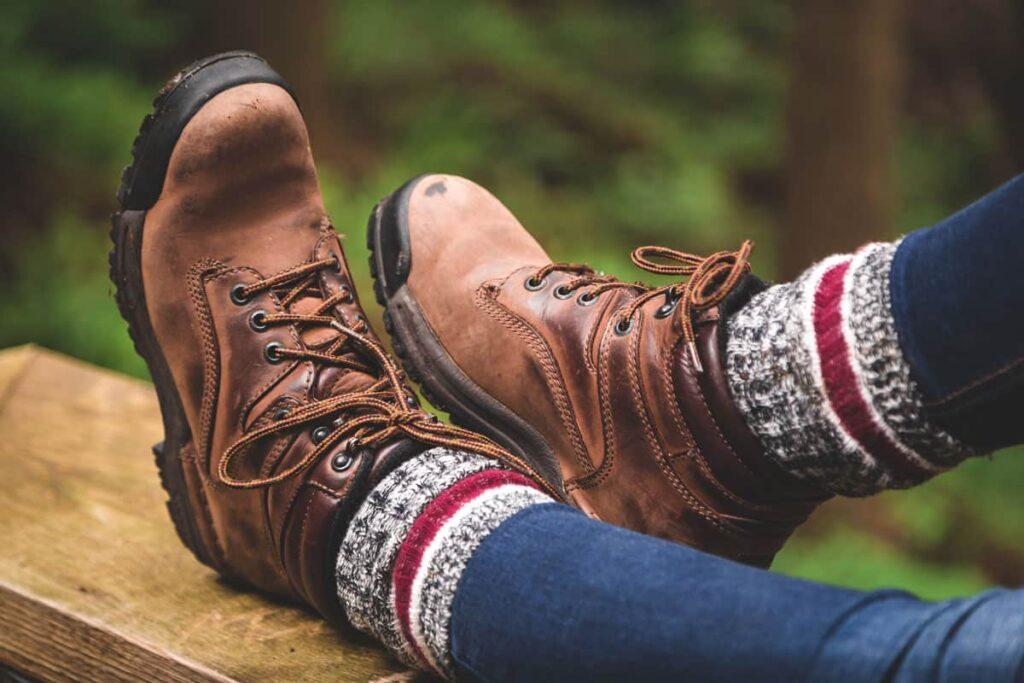
The Salomon Quest 4 or Lowa Renegade are two excellent examples of multi-piece boots of a high caliber. They sacrifice some of the full-grain leather boots’ durability for reduced weight and comfort right out of the box.
Lifespan: For the average recreational hiker, midweight boots can be used regularly for up to 5 years. Depending on the terrain and how far they travel each season, more ardent hikers might only obtain a few.
Lightweight hiking boots
Effectively, high-top hiking or trail running shoes make up the third sort of hiking boot construction. There are more cloth and synthetic components, which makes the construction lighter.
This provides a lighter boot with more ankle support that feels like a shoe. Durability is sacrificed to achieve this weight reduction.
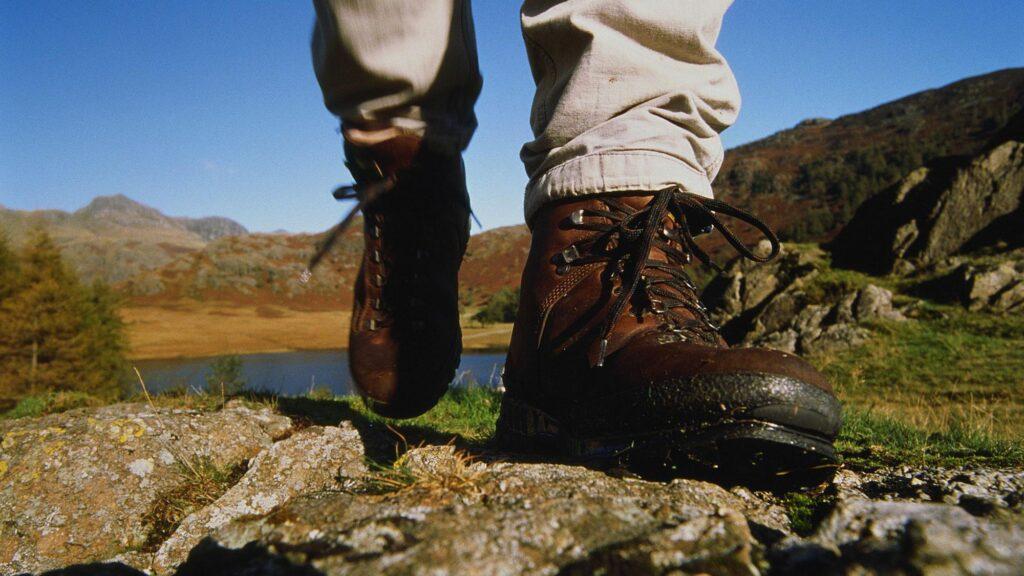
We have discovered that if you hike frequently, these types of hiking footwear are typically only good for a year, but because they are so light, they can significantly boost your pace.
Lifespan: Our research shows that for the average recreational hiker, lightweight hiking boots are typically good for 1–2 seasons. You can anticipate getting 500–750 miles out of a pair of lightweight hiking boots for hikers who log a lot of miles.
When to replace hiking boots and move to new hiking boots?
Your hiking boots can typically be repaired for minor wear and tear to help them last longer, and not replace hiking boots, but eventually, even a competent boot cobbler will find it difficult to fix them.
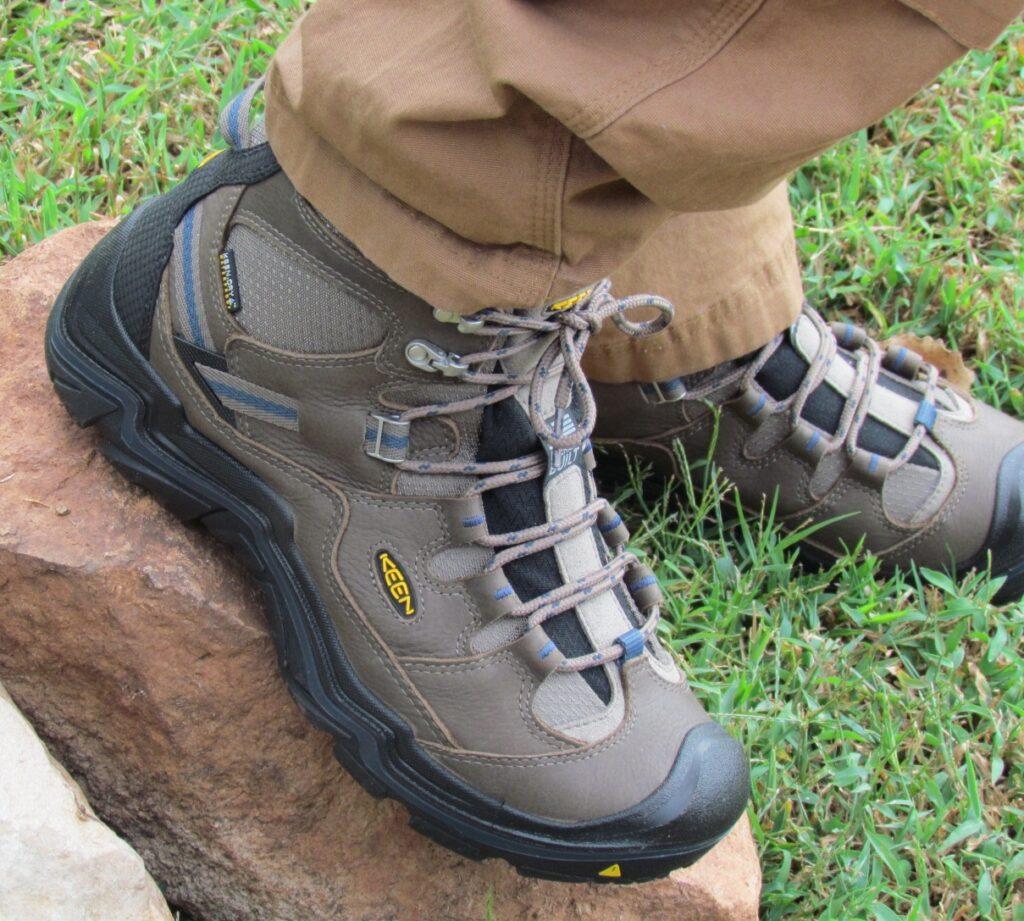
At this stage, it would be wise to spend money on a new pair of boots if the current ones are making hiking less fun or making it more difficult to walk farther distances on the trail.
Reasons to replace your hiking boots:
- Your boots are no longer cozy to wear.
- They have lost their structure and are either too tight or too loose for you.
- The boots sole is not securely attached to the boot.
How to care for hiking boots
1. Keep them dry
Compared to dry boots, wet boots can rot, and the fabric will deteriorate considerably more quickly. To dry your boots after a trek or while camping, hang them outside.
Before using them again or placing them in storage, remove the insoles, widen the tongue, and let them air dry as much as possible.
2. Clean them
After each trip, clearing your boots of mud and debris not only improves their appearance but also extends the life of the footwear.
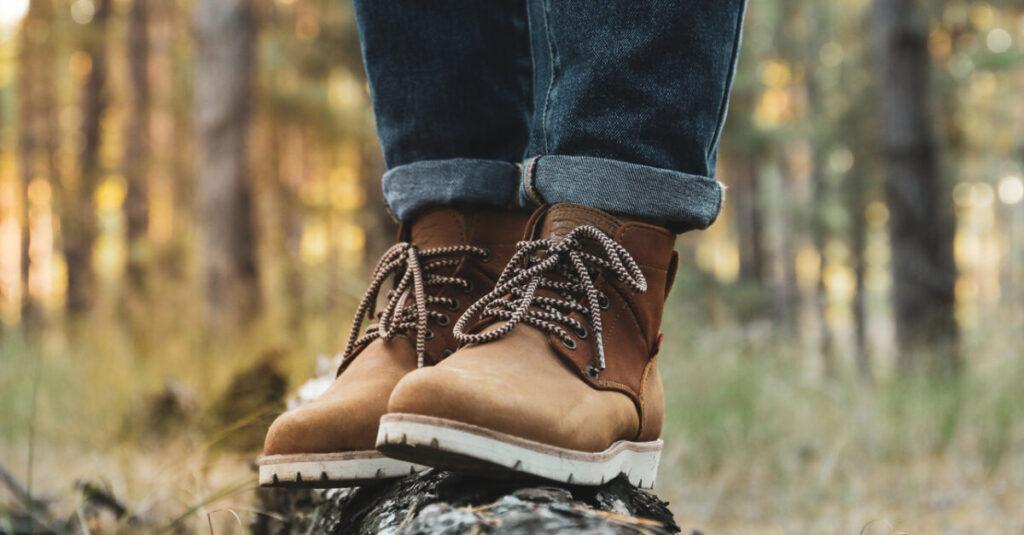
The fabric fibers in caked-on muck and filth will deteriorate more quickly, lowering the boot’s longevity. Use a leather-specific boot cleanser on leather boots and condition them with a brush.
How to choose hiking boots?
There are a few important considerations to make when purchasing your first or next pair of hiking boots.
How frequently will you hike? Where are you going to hike?
Consider trail runners
It can be worthwhile to consider trail runners as an alternative to the conventional hiking boot if you’ve never worn one before. Because they are lightweight and dry faster, trailer runners make hiking less taxing.
Even though they offer a different level of support than you might be accustomed to, they are suitable for longer, multi-day treks.
While some hikers find this liberating and relish the added flexibility, other hikers favor the solid feel of a full hiking boot.
In spite of this, if you haven’t purchased a hiking boot in a while, you’ll be surprised by how lightweight the most recent models are, even in the largest sizes. Hiking footwear is now up to twice as light as they were previously, thanks to advances in the material.
Choose a boot for longevity
It is preferable to invest in a pair of high-quality boots that cost more but last longer than it is to continuously purchase a new pair of inferior shoes.
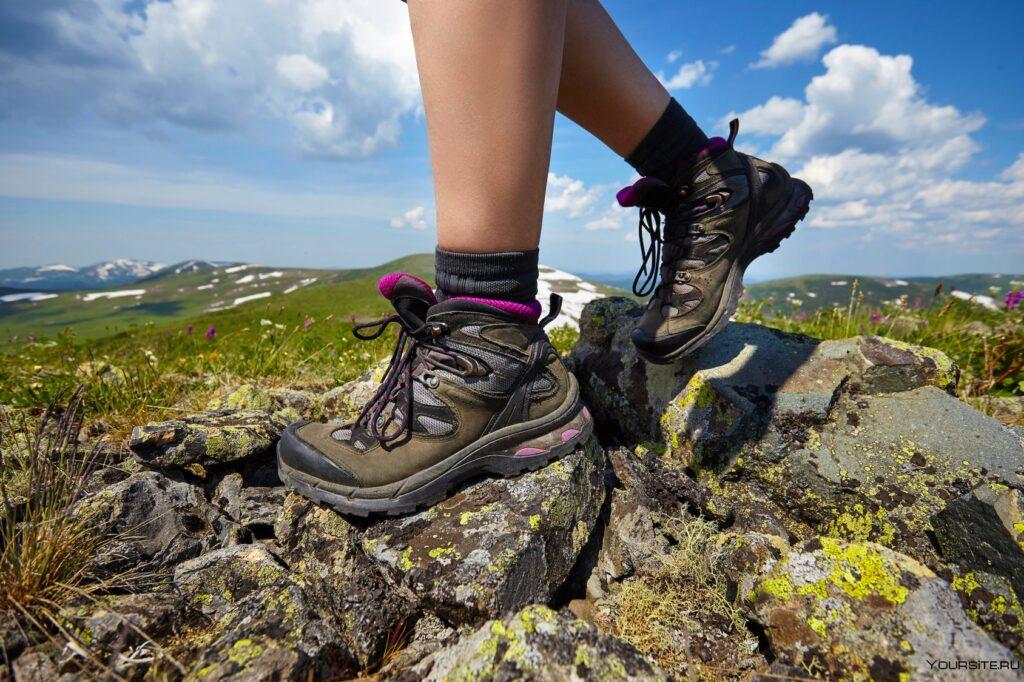
The best advice for finding a boot that will last is to choose one made of PU, a versatile material that offers exceptional abrasion resistance and is lightweight.
Frequently asked questions:
How long do hiking boots last?
The typical lifespan of a pair of hiking boots is from 600 to 1000 miles (for heavier mountaineers’ models). The boots might easily last 4–6 months if hikers go at an average speed of 5 miles/h and the trail and terrain don’t change.
How many miles can hiking shoes last?
A pair of high-quality walking shoes should normally last 310 to 620 miles
Conclusion
How long do hiking boots last? The quality of the boots and the amount of wear they receive affect how long hiking boots last. This may last for a single season or for many years.
The final figures rely on how well your boots were manufactured, where you wear them, and how long you wear them. Keep your hiking boots dry and clean to extend their lifespan!
And I hope your question: “how long do hiking boots last?” is gone, and you got your answer.
When your boots become uncomfortable and hinder your ability to hike quickly or safely, it’s time to replace your old hiking boots with new hiking boots.



![What is considered a long hike? [8 factors to consider] What Is Considered A Long Hike: Top 3 Tips & Best Guide](https://griffithparkhiker.com/wp-content/uploads/2024/01/griffithparkhiker-2-335x220.jpg)




